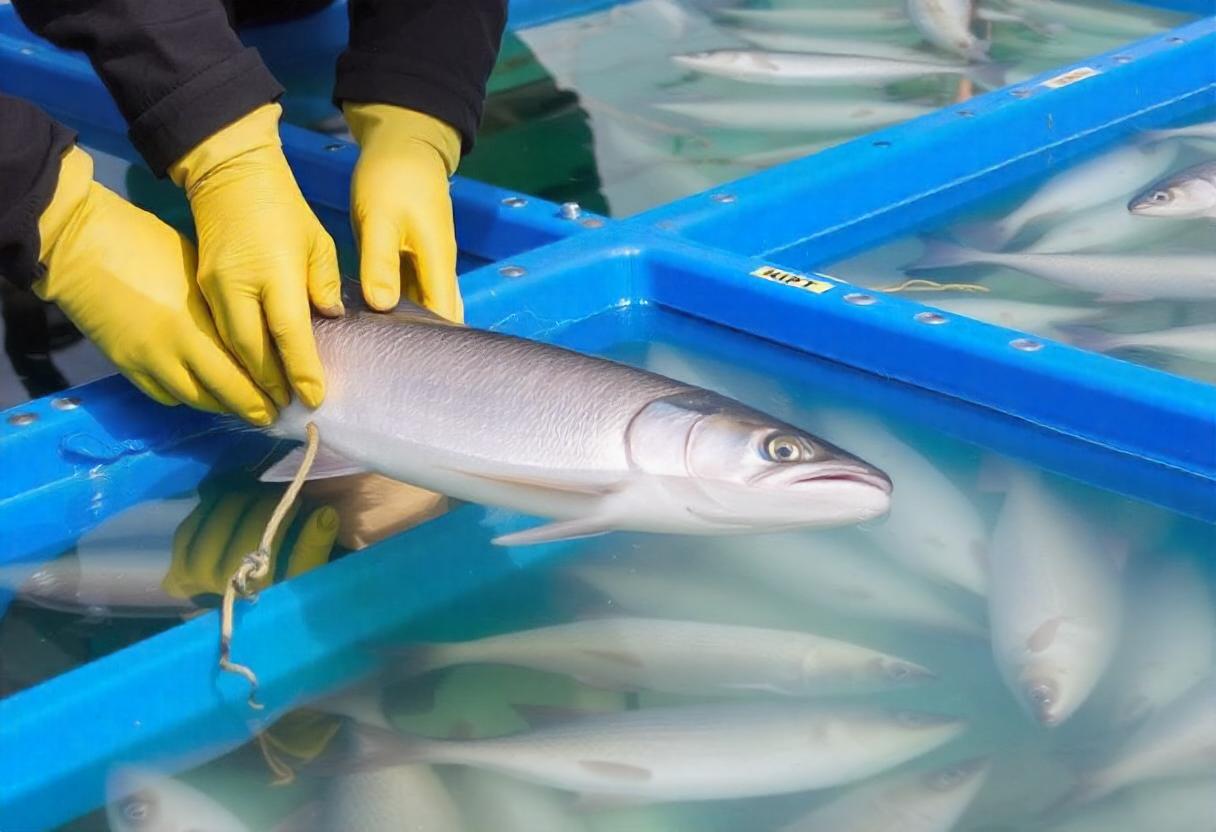
Fish farming, also known as aquaculture, is an increasingly important sector of Canadian agriculture. With vast coastlines, abundant freshwater resources, and growing global demand for seafood, Canada has become one of the world’s leading fish-farming nations. However, like all forms of agriculture, fish farming has both advantages and disadvantages. This article explores the pros and cons of fish farming in Canada, its economic significance, and its environmental impact.
Overview of Fish Farming in Canada
Canada’s aquaculture industry focuses primarily on farming Atlantic salmon, rainbow trout, and mussels, though other species such as Arctic char, oysters, and clams are also farmed. British Columbia, New Brunswick, Newfoundland and Labrador, and Prince Edward Island are key regions for fish farming due to their coastal access and suitable water conditions. The industry is highly regulated by both federal and provincial governments to ensure food safety, environmental protection, and sustainability.
According to Fisheries and Oceans Canada, aquaculture contributes over $5 billion to the national economy annually and provides thousands of jobs in rural and coastal communities. Despite its economic benefits, fish farming is a subject of ongoing debate, especially regarding its environmental impacts.
Pros of Fish Farming in Canada
- Economic Growth and Employment Fish farming provides significant economic benefits to coastal and rural communities across Canada. It creates jobs in fish farming operations, processing plants, and related industries such as feed production and transportation. In regions where traditional fishing has declined, aquaculture offers an alternative source of income and sustains livelihoods.
- Consistent Supply of Seafood Aquaculture helps ensure a steady and reliable supply of seafood to meet the growing global demand. Wild fish stocks are increasingly under pressure due to overfishing and environmental changes, and fish farming helps to alleviate this pressure by providing an alternative source of fish. Canadian consumers benefit from year-round access to fresh, farmed fish, while the country continues to export a significant portion of its aquaculture products.
- Sustainability and Resource Efficiency When managed responsibly, fish farming can be a more sustainable method of producing seafood compared to wild fishing. Some aquaculture operations use innovative techniques to reduce their environmental footprint, such as recirculating aquaculture systems (RAS), which minimize water use and prevent the release of waste into the environment. Additionally, advancements in fish feed formulations have reduced the reliance on wild-caught fish as feed, improving the sustainability of the industry.
- Diversification of Seafood Production Fish farming allows Canada to diversify its seafood production by cultivating species that may not be available in large quantities through wild capture. For example, Atlantic salmon is the most commonly farmed fish in Canada and is popular both domestically and internationally. By farming a variety of species, Canada can cater to different markets and consumer preferences, contributing to food security.
Cons of Fish Farming in Canada
- Environmental Impact One of the most significant concerns surrounding fish farming is its potential environmental impact. Open-net fish farms, particularly in coastal waters, can release waste, excess feed, and chemicals into the surrounding environment, affecting water quality and local ecosystems. Additionally, escaped farmed fish can interbreed with wild populations, potentially harming genetic diversity and the health of wild stocks.
Another issue is the spread of diseases and parasites, such as sea lice, from farmed fish to wild fish. These risks can have serious consequences for wild fish populations, particularly salmon, which are already facing numerous threats from habitat loss and climate change. - Resource Use While fish farming can be more resource-efficient than wild fishing, it still requires significant inputs, particularly fish feed. Many farmed fish, such as salmon, are carnivorous and need a diet rich in protein, which has traditionally been derived from wild-caught fish. Although advancements in feed technology have reduced this reliance, fish farming can still contribute to the depletion of wild fish stocks if not managed carefully.
- Animal Welfare Concerns The welfare of farmed fish is another issue of concern. Intensive fish farming often involves keeping large numbers of fish in confined spaces, which can lead to overcrowding, stress, and increased susceptibility to disease. Ensuring high standards of animal welfare in aquaculture operations is critical to maintaining the health of farmed fish and the sustainability of the industry.
- Regulatory Challenges The fish farming industry in Canada is subject to complex regulations and oversight by both federal and provincial governments. While these regulations are intended to protect the environment and ensure food safety, they can also create challenges for aquaculture operators. Navigating the regulatory landscape can be time-consuming and costly, particularly for smaller operators. Moreover, the regulatory framework is not always consistent across provinces, leading to disparities in how fish farming is managed and monitored.
Fish farming in Canada offers significant economic benefits and provides a sustainable source of seafood that helps meet growing global demand. However, it is not without its challenges, particularly in terms of environmental impact and resource use. Balancing the economic advantages of fish farming with the need to protect wild fish populations and marine ecosystems will be crucial for the long-term success of the industry.
As Canada continues to develop its aquaculture sector, ongoing innovation, investment in sustainable practices, and effective regulation will be key to addressing the challenges associated with fish farming. With careful management, fish farming can continue to be a vital part of Canada’s agricultural economy while minimizing its environmental footprint.